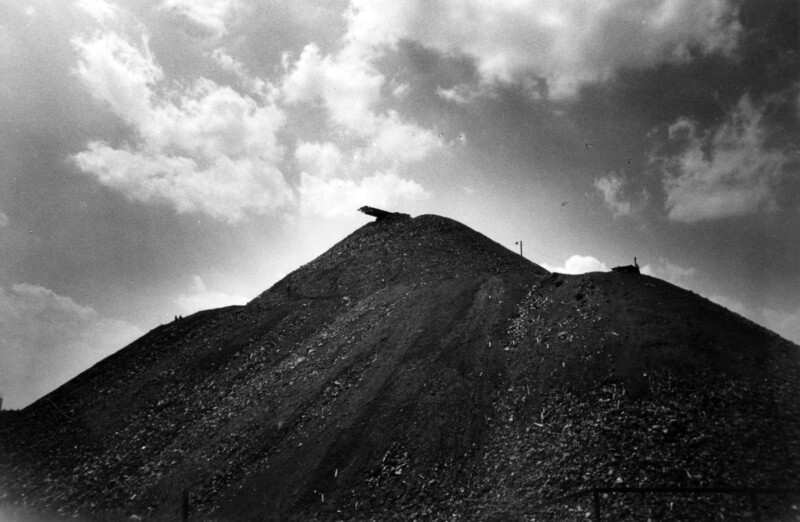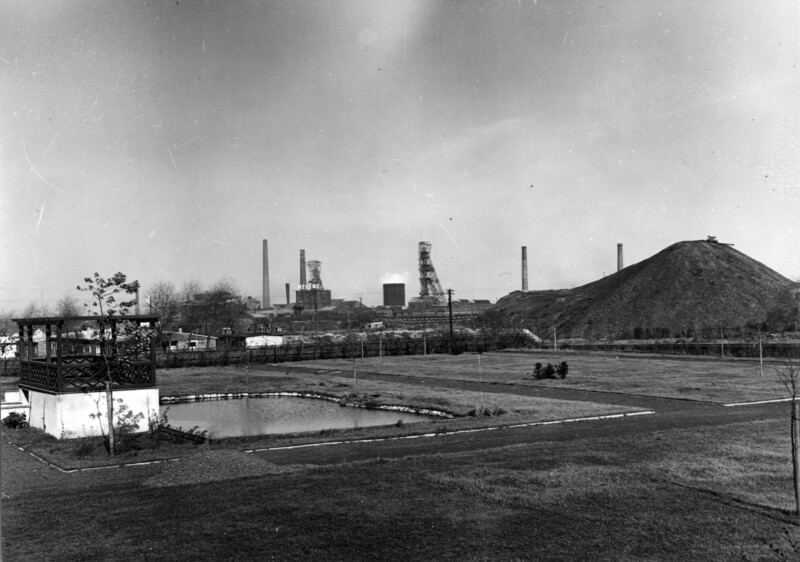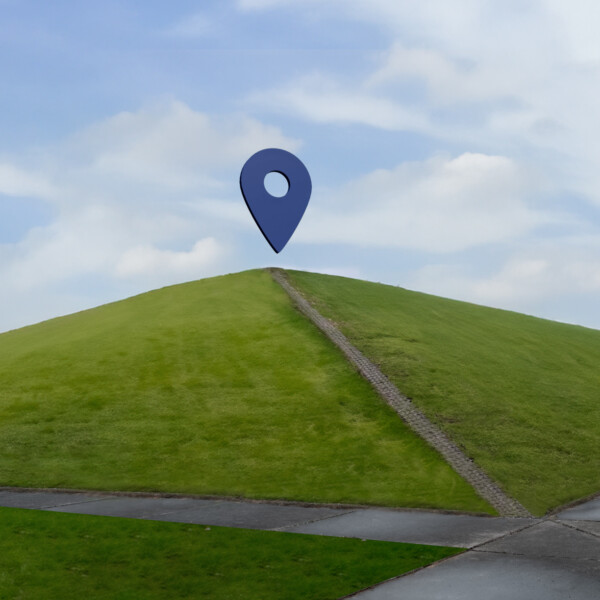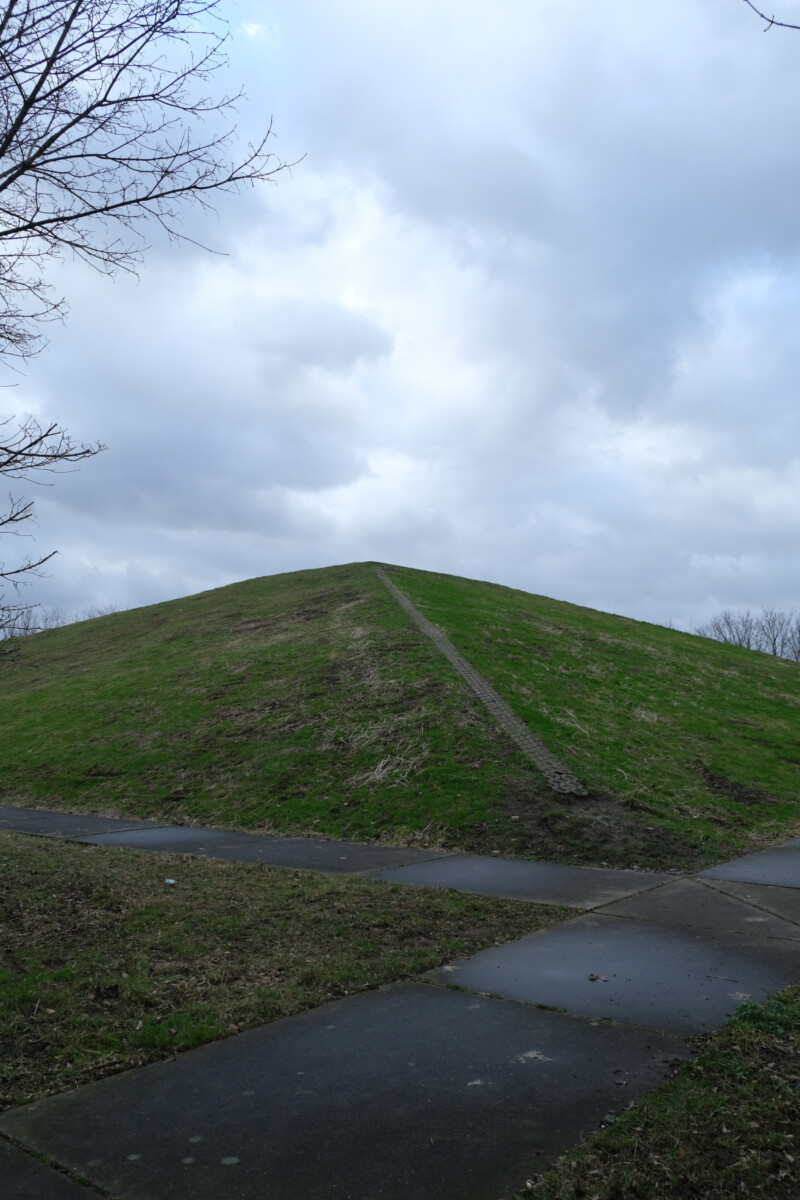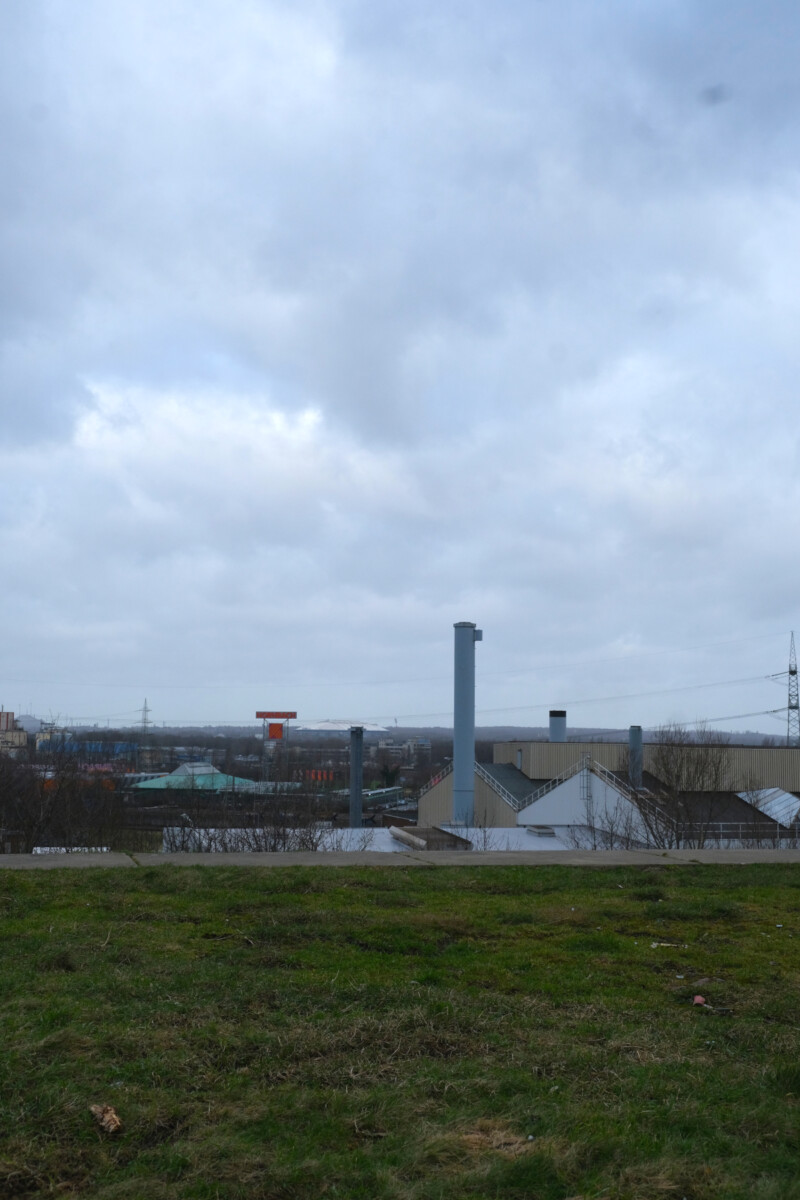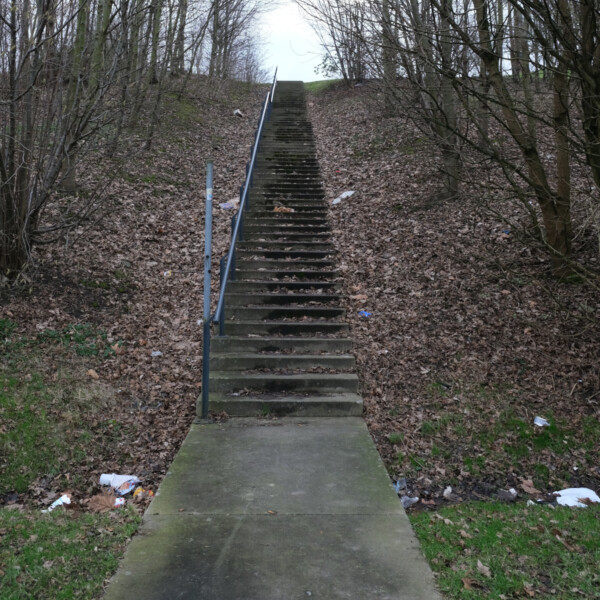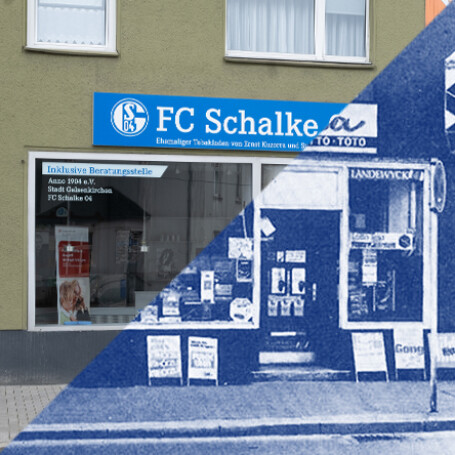Schalke Pyramid


The mountains from within the depths of the earth
For 200 years, miners have been digging and shovelling their way through the earth of the Ruhr area. Every day they bring the coal up, mine car after mine car. In December 2018, the last piece between the Emscher and Ruhr rivers will be excavated. Coal mining in the Ruhr region is over. A total of 10 billion tonnes of coal have been mined here. Overnight, the region is losing what has given it its identity for almost 200 years. But with the long farewell to coal mining, the appearance of the cities began to change. More and more pitheads disappeared from the townscape and most of the chimneys stopped smoking long ago. But another legacy is still visible throughout the Ruhr. Not everything that was brought up from the depths could be burned in the furnaces. Excess rock and earth always find their way to the surface along with the coal. But what to do with the worthless rocks? Taking them back to the mine is too expensive. Instead, they are piled up to hills. These spoil tips can still be found all over the Ruhr area today.
Today, the spoil tips turn the Ruhr region into a mountain landscape. The author Wolfgang Berke states in his slagheap guide "Über alle Berge" ("Across all mountains") that over 70 spoil tips are visible. But 200 years ago, when mining began, these elevations did not yet exist. Strictly speaking, they are the "waste" of mining. The winding towers of Consolidation Colliery 1/6 have also long since disappeared from Schalke's cityscape. What remains is a small pyramid overgrown with grass. Those who make the effort to climb to its top are rewarded with a sweeping view over Schalke and Gelsenkirchen. Where 170 years ago the Emscher still flowed calmly through a green meadow landscape, this huge city has emerged. Nature gave way to industry, industry attracted people. Over the decades, this dense network of industrial complexes, residential buildings, the Glückauf Stadium and the Schalke Market emerged.
The hills which were originally formed with the waste of the mining activities are now turning out to be one of the treasures of the Ruhr region. Many of the larger spoil tips have been turned into green recreation areas. Today they are popular destinations for excursions and leisure activities. In Gelsenkirchen, these include the Slag Heap "Rheinelbe" and the Slag Heap "Rungenberg" in Buer. 37 million tonnes of excess rock were piled up to build the "roof of Gelsenkirchen". One must climb 299 steps in order to reach the top in 70 metres height. In contrast to the rest of the spoil tip, it is not covered in greenery. Instead, it retains its original grey colour. From here you can enjoy a sweeping view over Gelsenkirchen. In summer, the paths on and around the spoil tip are ideal for hiking and cycling. In winter, the slopes are popular sledging areas. The spoil tips of the Ruhr region are a good example of how the legacy of mining has been accepted by people and transformed for modern life.



